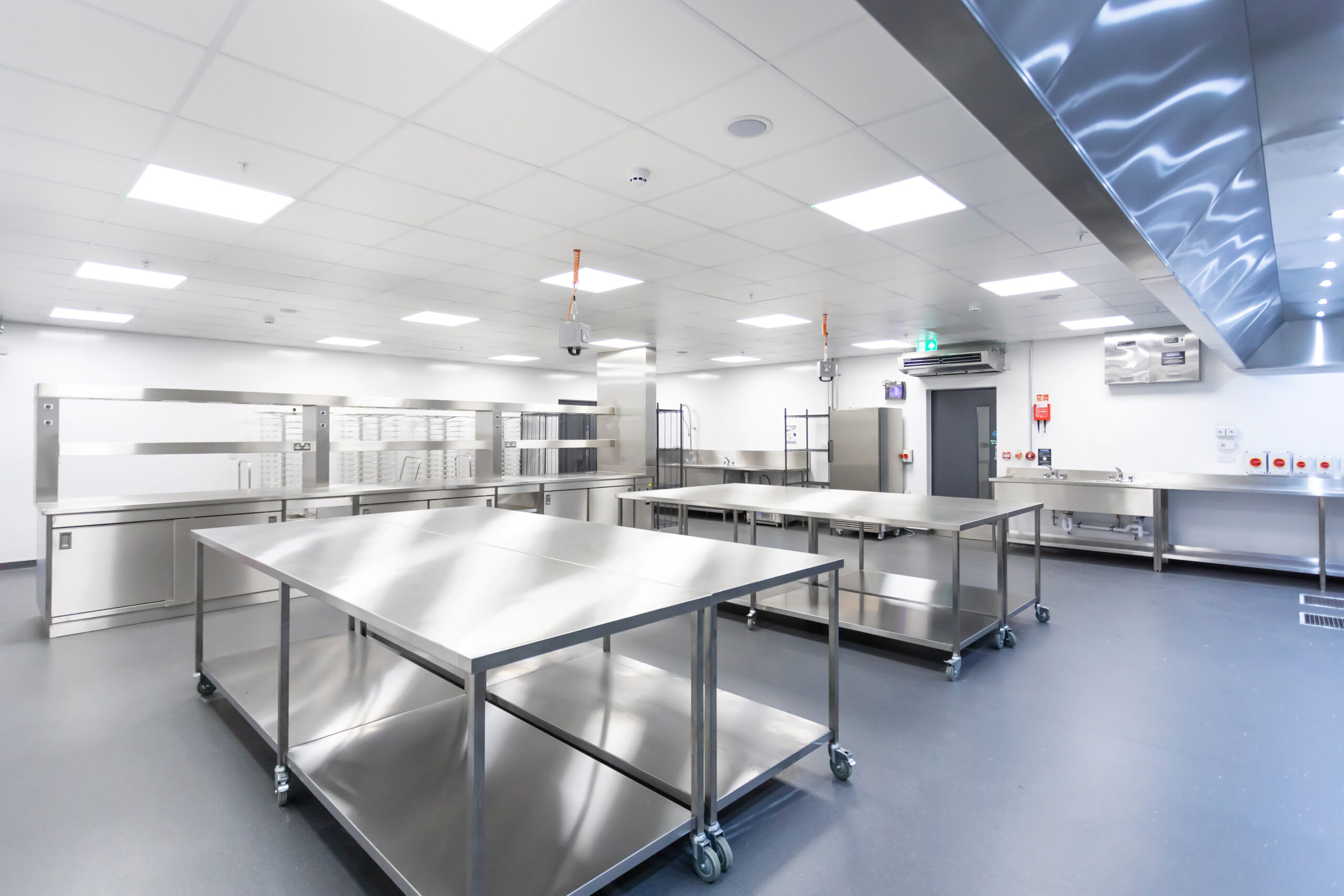9 best practices for running a successful meeting
Running meetings successfully can lead to increased productivity, motivation and employee satisfaction. They can be exciting, but continually calling unnecessary meetings can be a drain on company time and resources.
With 15% of people’s time being spent in meetings and a third of them considered unproductive, it’s important you set your meeting up properly to ensure it runs successfully. So how can you do this?
Set clear objectives
A great way to ensure meeting success is to define the purpose and objectives you aim to achieve. For example, the purpose of your meeting could be:
- To solve a particular problem
- To brainstorm
- To boost morale
- To plan a project

Your objectives could include:
- Coming up with innovative ideas for a project
- Giving people the opportunity to communicate and share ideas
- To leave the meeting with three strong options/solutions
- To evaluate the project and consider what you could do differently next time
Create a meeting agenda
Once you know the purpose and objectives of your meeting you can start to create an agenda. This is where you can make note of any specific topics or issues you need to cover and if anyone is in charge of leading a section.
You can then forward this to every attendee so they understand what will happen on the day. This will also help the meeting run as smoothly as possible and stay on time.
Choose the right space
Choosing the right space is essential to running a successful meeting as it stimulates focus and productivity. Implementing a change in scenery can really help attendees get motivated to achieve the very best solutions for the project or client you’re working on.
Choosing a room with adequate space and good lighting and ventilation is a great place to start when looking for somewhere to hold your gathering.

Here at Millennium Point, we have a variety of spaces that are perfect for meetings, such as:
- Express combines a striking main room with three boardrooms that can be used as offices or quiet spaces
- The Curzon Suite is surrounded by natural daylight, an external terrace and additional breakout room
- Connect offers multiple layout options with retractable walls and breakout areas
Take notes
Taking notes makes it easier for you to reference things in the future and reduces the chances of comments or ideas going unnoticed or not being followed up.
Make note of follow-up actions
The whole point of holding a meeting is to find potential solutions and follow-up actions that can help them be achieved. Assigning tasks to individuals can help solutions be implemented efficiently and can inspire people to feel energised and motivated to get things done.
It’s also important to share notes after the meeting with all attendees to prevent miscommunication and ensure everyone is on the same page.
Setting deadlines for tasks to be completed can also prevent things from not being completed and help the follow-up meeting run smoothly.
Give everyone the opportunity to talk
You should allow everyone to share their opinion or ideas no matter their job title or department to allow creativity and ideation to really flow. You can also ask questions or for people’s opinions on certain topics or projects to try and get everyone involved.
If you’re noticing that some people are dominating the conversation more than others you can ask different questions or open the floor to others and get them involved.
Encourage ideas and solutions
If your meeting is about generating ideas and providing solutions you can ask each attendee to come up with 2 or 3 ideas before the meeting that they can share. This gives people the time to prepare and feel confident in presenting their ideas.

Keep an eye on the time
Sticking to the time limit set will help keep the meeting on track and prevent it from affecting people’s busy work schedules.
Starting and finishing on time shows consistency and allows attendees to know what to expect at every meeting. If you’re holding a longer meeting you could also include breaks to help people take the time to refresh their mindset and get ready to tackle the rest of the meeting.
Gain feedback from your meeting
While you may feel as though the meeting went well, other people may not agree. You should give it enough time before gathering feedback to see if the meeting was actually useful.
Avoiding putting pressure on people to answer and using a process that allows you to collect feedback anonymously can help people feel more comfortable answering queries. You can ask questions like:
- How useful did you find the meeting?
- Did the meeting help resolve any issues?
- If we were to do this meeting again what would you change or add?
These will help you gain a better understanding of whether it was successful or not and whether there are things you need to implement to get a better outcome next time.
So if you’re looking to hold a successful meeting, get in touch with Millennium Point today to see how our properties can help you excel in every meeting.


